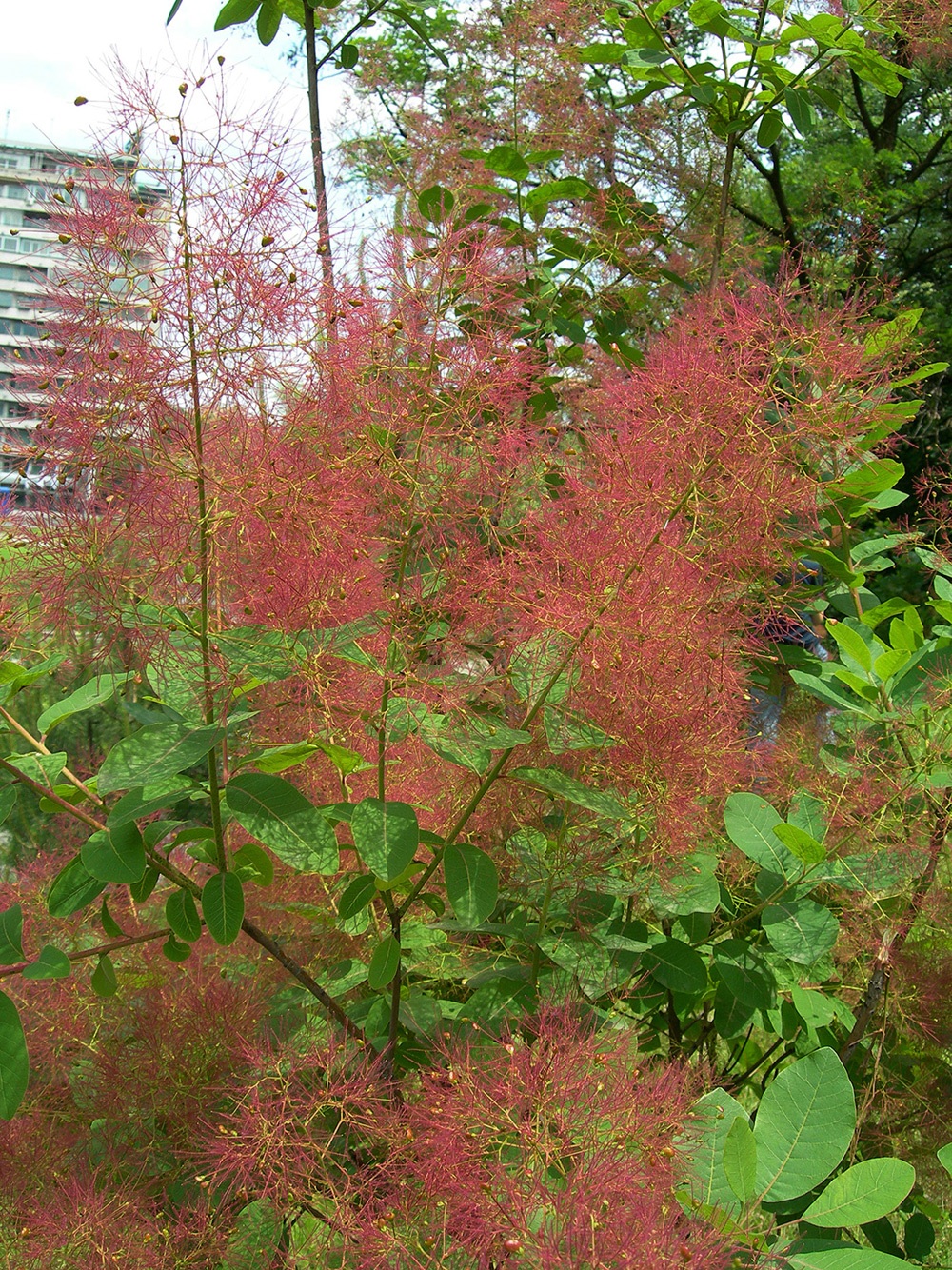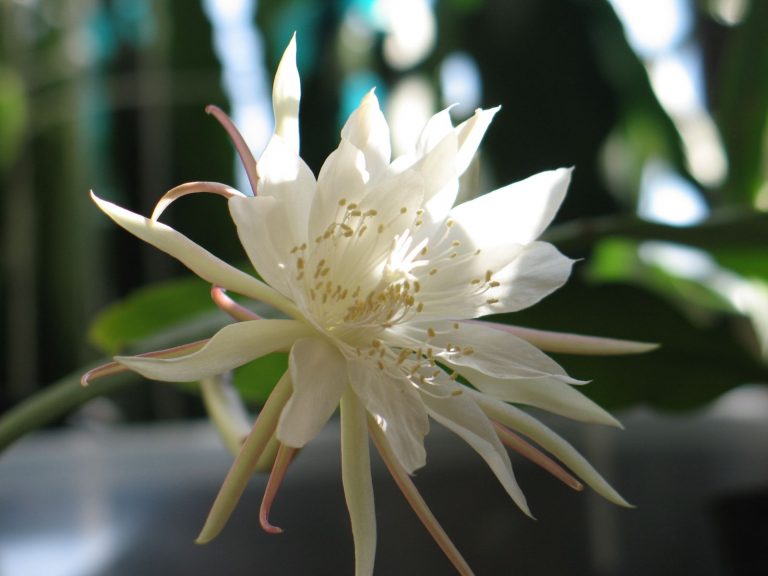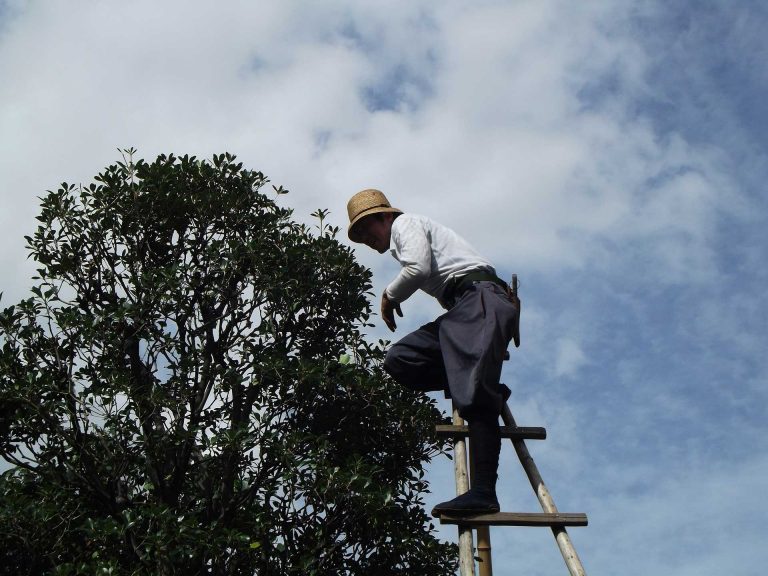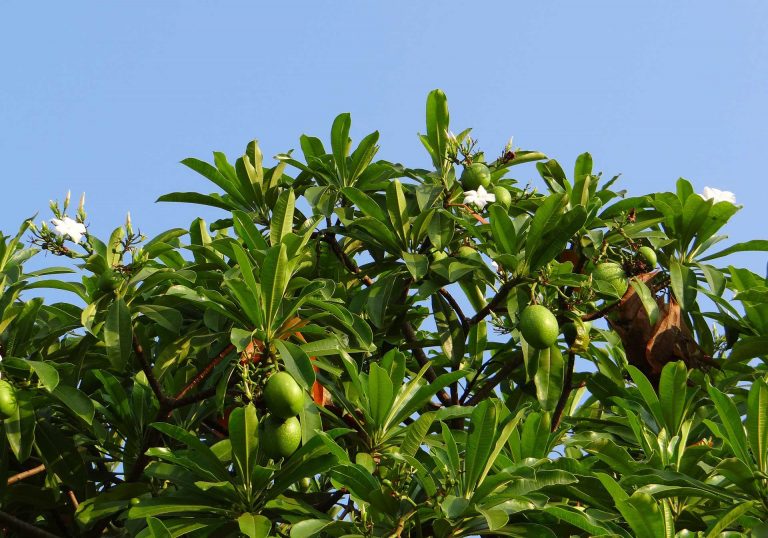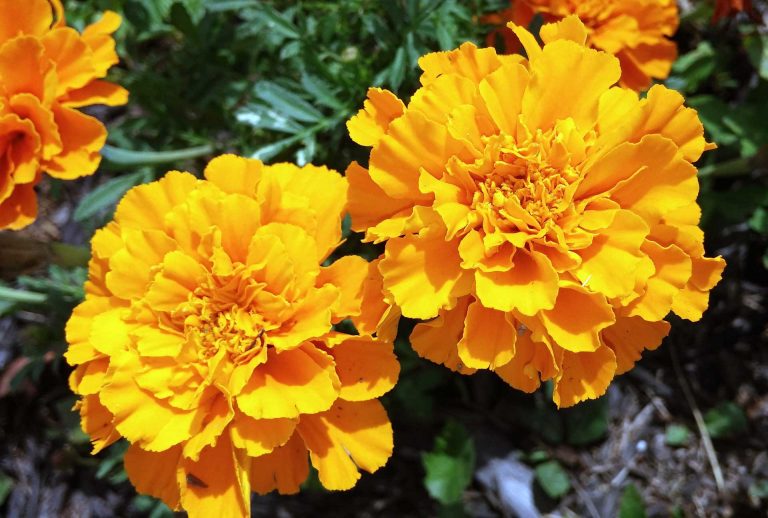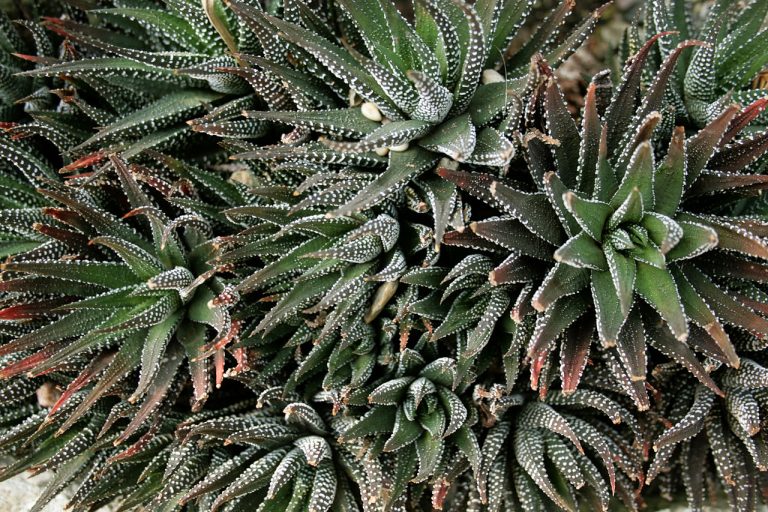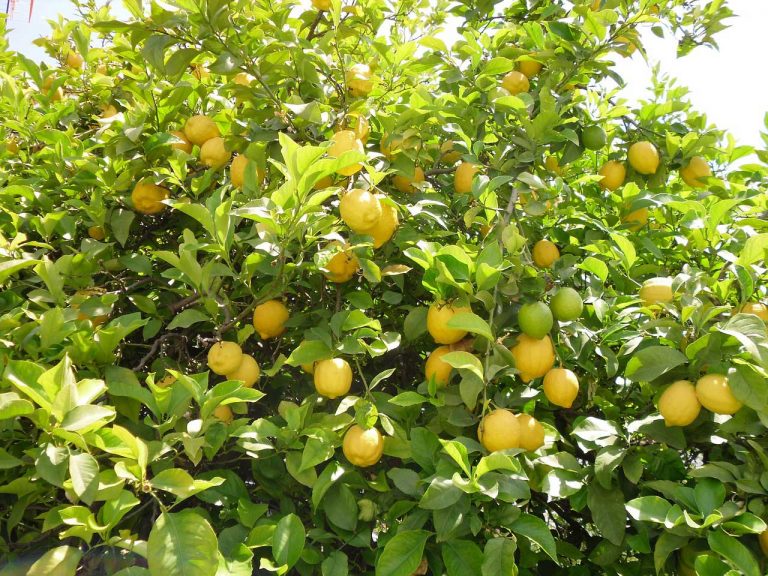Smoke Tree
Scientific Classification
| Kingdom: | Plantae |
| (unranked): | Angiosperms |
| (unranked): | Eudicots |
| (unranked): | Rosids |
| Order: | Sapindales |
| Family: | Anacardiaceae |
| Genus: | Cotinus |
“Smoketree,” this tree, otherwise named Smoke bush or Cotinus belongs to the genus which comprises two varieties of flowering plants of the Anacardiaceae family, having close linkage with the sumacs.
“Smoke tree” is the name given to many plants, of which some plants are daintily segregated, they have the appearance of smoke from a distant view.
The Smoke Tree is famous for its summer blooms that are big and billowing. They appear puffed-out and in the form of a cloud or like smoke. In the midst of the summer breeze, when this big flower curls or dangles in the air, it gives an eye-catching phenomenal appearance.
Often people grow smoke trees for creating the appearance of a vast border of shrubs or perhaps for a good looking patio or even in an entrance lawn as an accent tree. When this tree is fully bloomed, you get to see elegant red colored flowers with a brown hue or deep mauve feather like flowers that give the tree the look of a puff of smoke.
This Smoke Tree derived its name from the fact that the plum-like filaments, prior to flowering are gradually growing deciduous shrubs which bloom during the spring and generate brilliant stunning colors of leaves during fall.
Anatomy
The Smoke Trees are either small trees or big shrubs that grow in the warm pleasant northern hemisphere. They have deciduous leaves, arranged alternately; the leaves are ordinary oval in shape, of 3 to 13 cm in length. They are formed as clusters that terminate in a wide panicle of 15 to 39 cm in length, giving it the look of a fluffy grayish-buff, just like a cloud of smoke covering the plant; this is how it achieved its name, smoke tree. The fruit of this tree is a tiny drupe, having a solitary seed. Earlier it was in the Rhus class, with simple leaves (not pinnate) and heads of the flower, fluffy, like smoke.
This Smoke Tree is greatly in use as a specimen tree, having a stunning ‘smoke-like’ arrangement of flowers on the stem that are seen at the commencement of summer. Late in the spring, these clusters of flowers fade away, when the plant brings out filaments resembling hairs, giving the appearance of a stunning “smoky” wave like a plume. The varieties are with purple or green leaves, which in autumn, change to red, orange or purple shades. The shape is approximately rounded. They grow to heights of 10 to 12 feet and to a width of 20 ft.
Habitat
The usual type, Cotinus (coggygria), is normally grown in the Southern European countries and China; they grow to heights of 15 ft. The Cotinus Obovatus, which is a native American smoke tree grows even bigger, most of the time attaining heights of 25 ft. They have multi stems with thorns and belong to the Anacardiaceae Group; they survive as long as 20 years in the form of borders, screen plants in Europe.
Growing at Home
Soil for Growing
Select a site for planting the smoke tree where total sunlight or partial shade is available and the soil has a pH value of 3.7 to 6.8. Mix the soil with 2-3 inches of compost, in order to attain 10 to 20 % of the compost soil. In order to spread the compost right down to the soil, run a soil tiller through the planting site.
However, it blooms beautifully only in bright sunlight. Growing a smoke tree is very easy, since it is resistant to drought. The preferable soil is one that is properly drained and where there is sufficient sunlight.
Planting
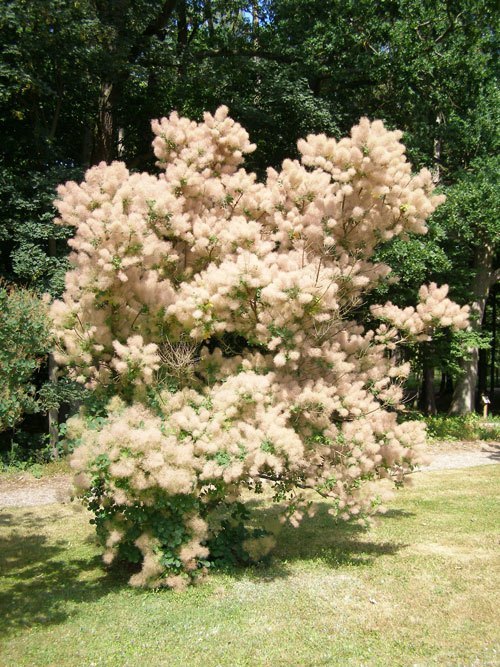
Photo by: Andrzej Otrębski
Confirm yourself that the hole dug is double the width of the container size, and while planting add a full shovels of compost. When you are placing the plant in the soil, ensure that the root ball top is a bit above the level around the perimeter of the hole you have dug. Complete your filling with properly drained soil and water.
Set the root ball in the hole you planted and once again fill it half way with soil. Ram the soil and tamp it mildly, prior to filling the hole to its brim. After fully filling the hole, construct a ring of soil to a height of 3 inches around the root ball to retain the water in the plant.
All around the bottom of the plant, add mulch to a height of 2 to 3 inches just about the trunk where there are no roots.
Watering
While watering the smoke tree, soak the plant. After few hours of watering, take a hand full of dirt close to the root ball and squeeze it to test the moisture content in the soil. Dripping water is an indication of excess water, whereas crumbled, dry soil shows lack of water. Also sense the root ball of the tree for dryness and take corrective measures wherever necessary. Water the Smoke trees weekly, until they are well established, and then, water them only every two weeks.
Care
It is mandatory to prune your rising smoke tree since, when it attains height, it tends to droop. For this, wait till the tree has bloomed during late fall and early spring. Never restrict the tree from flowering, since the best part of the smoke tree is its flowers.
Pruning helps your tree to gain strength. In addition, maintaining the alkalinity in the soil, retains the health of the tree. Your local garden centers will assist you in feeding the smoke tree and in the treatment of the soil.
Once the Smoke Tree is well set, prune the tree well in spring, this will enhance the colors of the blooms during the fresh growth, with a variety of colors and several shoots. Bear in mind that when summer is dry, the prevailing circumstances support exciting fall colors and flashy appearance to your smoke tree. The Royal Purple” Type is prominent for its dark purple leaves and the red-purple colored, for its autumn fall colors. When the ‘Golden Spirit” is freshly growing, it comes into sight in bright golden colors, that fades to lime green during summer and in the fall it changes its color to orange and red shades.
Pest and Pesticides
Smoke trees are liable to the attack of Verticillum wilt; it is possible to get rid of them by pruning away the affected branches.
Varieties
The Smoke Tree- Golden Spirit
The Cotinus coggygria or ‘Ancot’ have a peculiar type of leaf whose color fades to green during summer, prior to the display of red or orange shades in autumn. The height to which it grows is 10 ft and width 6 feet in Zones it is 5 to 8.
Smoke Tree-‘Grace’
The leaves of the Cotina or ‘Grace’ are highly burgundy-purple in color during spring and in summer; it is red tinted orange fall colors. The height to which it grows is 15 feet and in Zones 5 to 8.
Smoke Tree-‘Nordine’
‘Nordine’ exhibit leaves of burgundy-bronze that, in the fall it turns to red and orange. It grows to a height of 15 feet and wide enough. It is suggested to grow these trees where the climate is cold, in Zones 5 to 8.
Smoke Tree-‘Notcutt’s Variety’
Cotinus coggygria or ‘Notcutt’s types have leaves that are wine-red in color, which in autumn turn red-orange. The heights to which it grows is 15 feet, and wide enough
In. Zones 5 to 8.
Cotinus coggygria or ‘Pink’ Champagne’ bears green leaves of border colored mild-pink. At the season’s termination, it turns to shades of orange and red, it grows to a height of 10 feet and width of 10 ft. It achieved its name from its pink flowers. They are ideal for Zones 5 to 8.
Smoke Tree-‘Royal Purple’
Coitnus Coggygria or ‘Royal Purple’ turns into a garden well known for its red- purple leaves; they change to scarlet color in fall. This tree grows to a height of 15 ft and of width 12ft. They are ideal Zones are 5-8.
Smoke Tree-‘Velvet Cloak’
Cotinus coggygria or ‘Velvet Cloak’ exhibits rich leaves in deep purple–red colors, and in autumn, they change to brilliant reds. The heights to which it grows, is 12 feet and sufficiently wide. They grow in Zones 5-8.

Having discovered a fondness for insects while pursuing her degree in Biology, Randi Jones was quite bugged to know that people usually dismissed these little creatures as “creepy-crawlies”.

